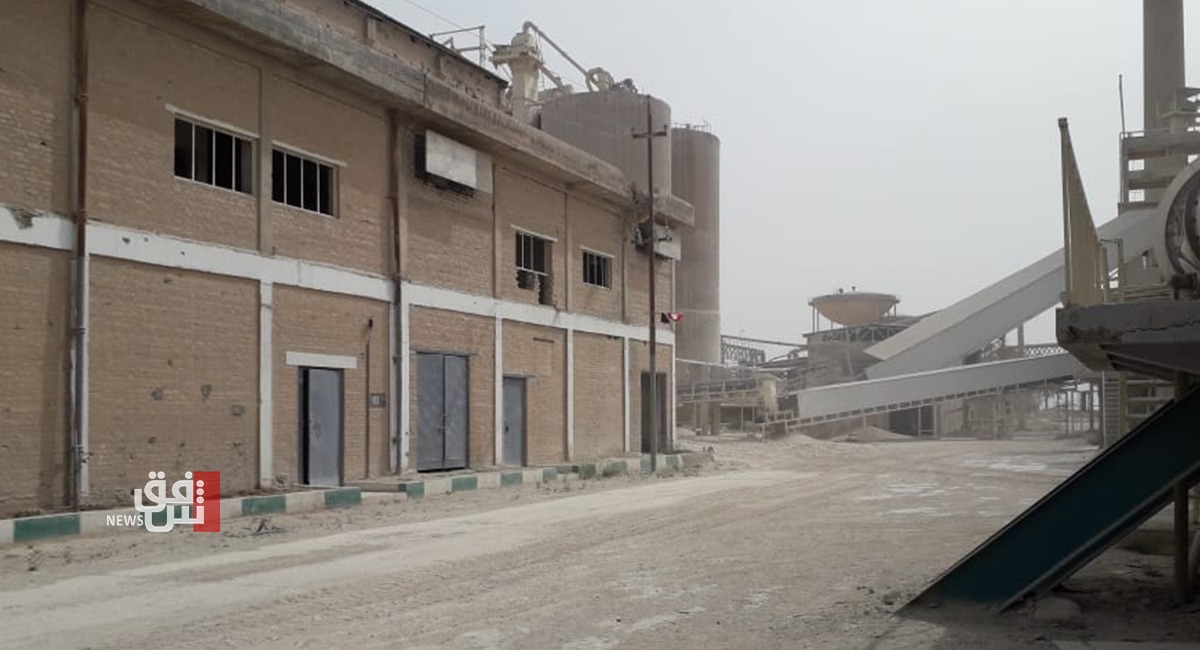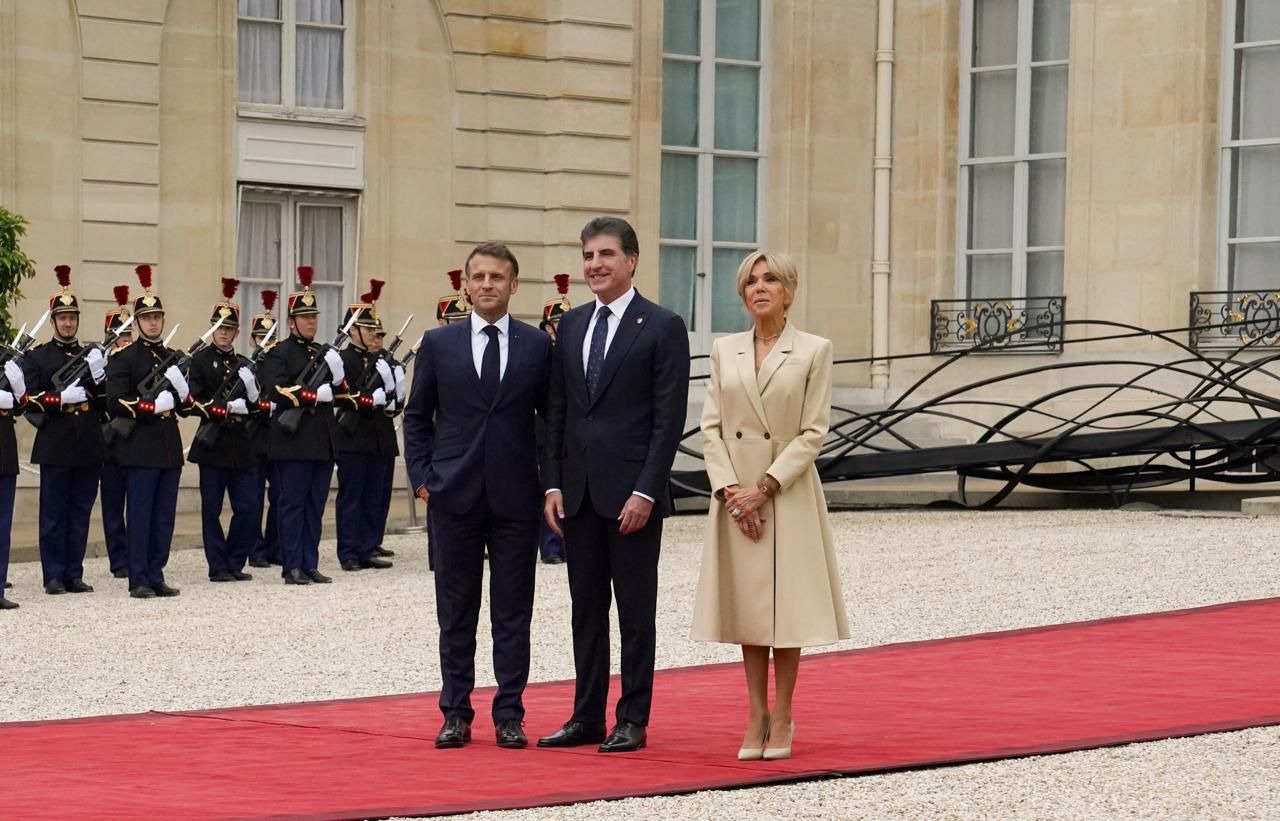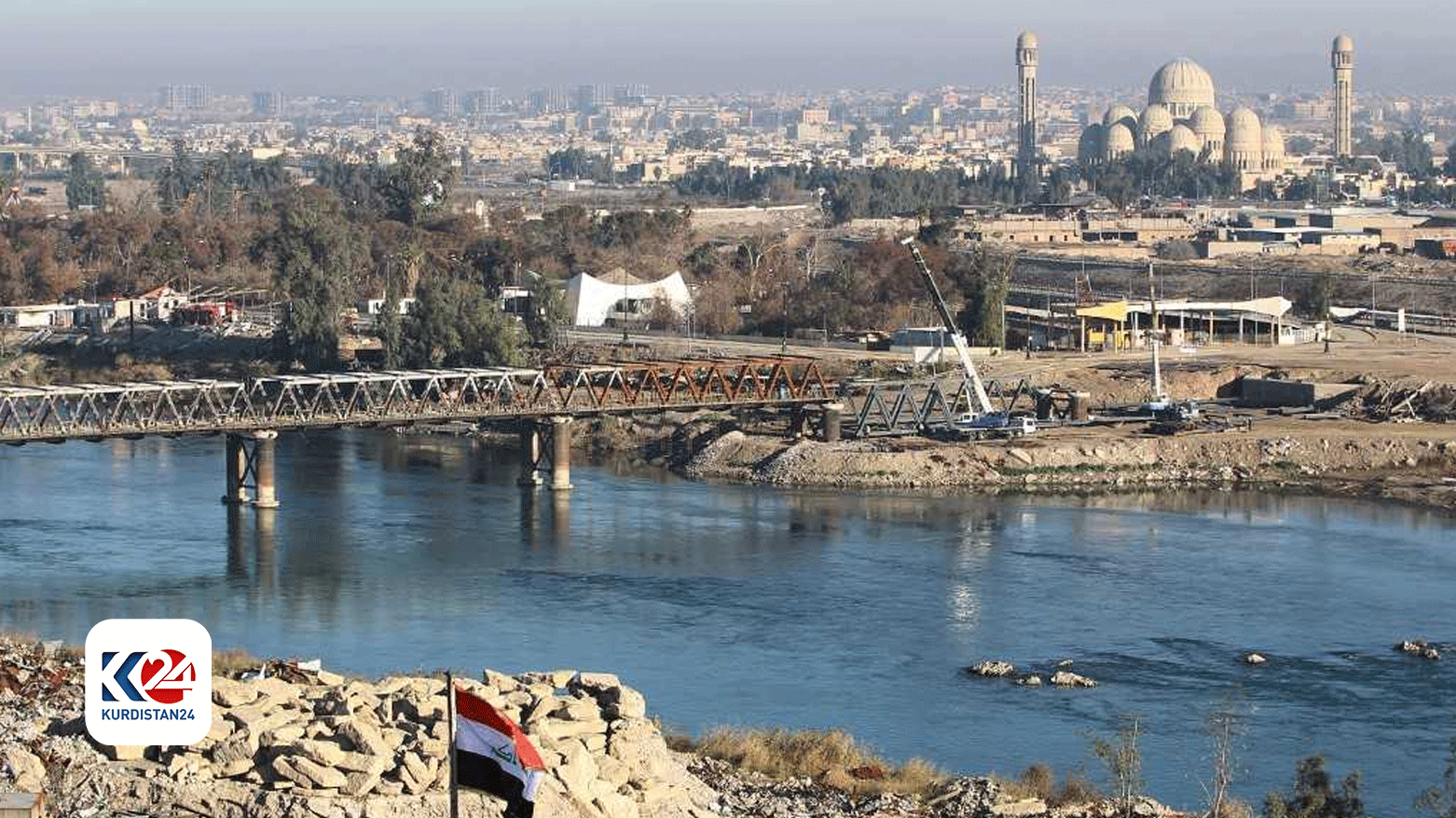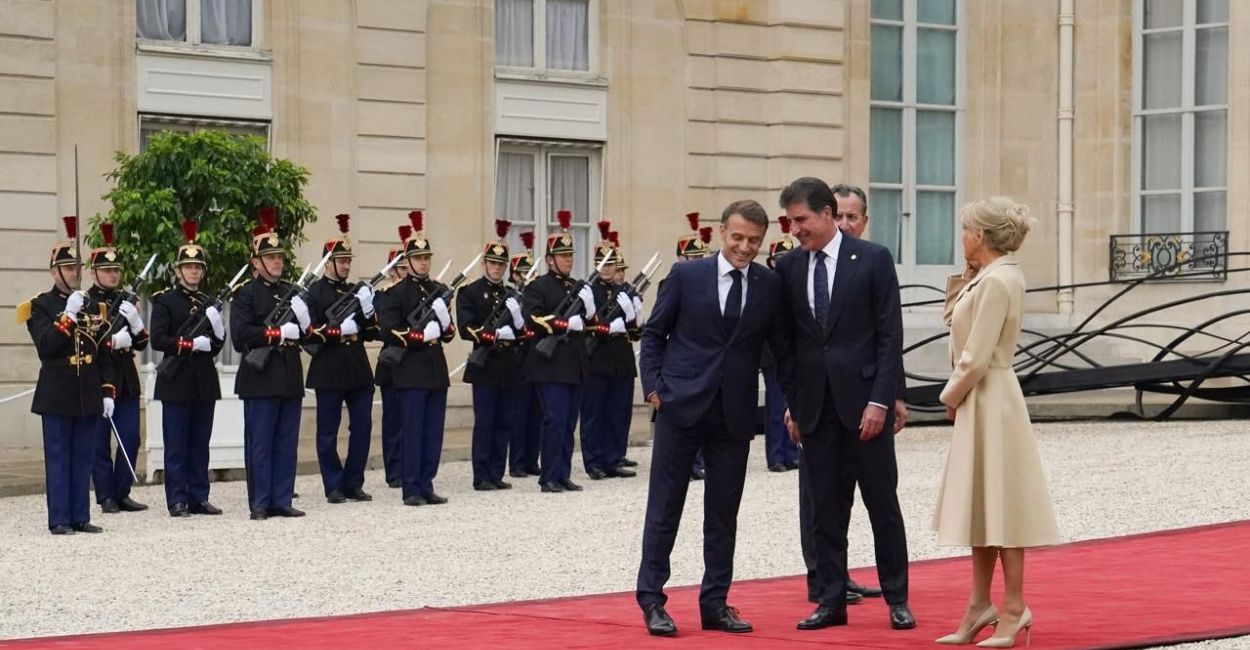Textile and leather factories: what do you know about Iraq's struggling economy?

2023-09-30 12:15:05 - Source: Shafaq News
Shafaq News / Iraq is home to four major textile factories, each boasting production capacities exceeding 30,000 square meters. In addition to these large facilities, there are numerous smaller textile enterprises spread across its various governorates. These factories have experienced significant growth in their exports, primarily due to the adoption of modernized production techniques, especially in the realm of printing, as emphasized by Adel Akab, the President of the Iraqi Industries Union.
Despite facing near-extinction post-2003, these textile projects are now making a robust comeback, displaying significant production capabilities, achieving self-sufficiency, and initiating exports to Saudi Arabia, Jordan, and Egypt, according to Akab.
He elucidated, "Four large factories, two in Baghdad and two in Najaf and Fallujah, exist alongside smaller projects across all Iraqi governorates. Furthermore, there is a growing interest in establishing factories in rural areas to disperse employment opportunities beyond urban centers."
While private ownership characterizes these factories, Akab noted the presence of government-owned facilities, albeit largely inactive. He suggested revitalization through investment offers or private sector participation, stressing the high demand for Iraqi carpets, both domestically and internationally.
The Hillah Textile Factory
The Hillah textile factory operates under the General Company for Textile and Leather Industries, a subsidiary of the Ministry of Industry and Minerals. This multifaceted factory comprises divisions for plastic bags, medical products, Hillah textiles, fabric textiles, and Babil carpets, in addition to an industrial fiber project.
Hasanain Saleh, the Media and Public Relations Manager of the textile factory in Babil governorate, elaborated, "The General Company for Textile and Leather Industries comprises ten operational factories across Iraq. These include the leather factory in Baghdad/Karrada, one of the most advanced in the Arab countries, the men's clothing factory in Najaf, the clothing factory in Mosul, and the wool, cotton, and handmade carpet factories in Baghdad/Kadhimiya. A handmade carpet factory is also located in Hillah."
Saleh emphasized, "While the production value of the textile factory is increasing, there is weak demand for domestic products due to the lack of taxes imposed on imports, whereas previously there was a 300% tax on imported goods."
Disrupted economy
Economic expert Omar Al-Halbousi highlighted the significant decline of Iraq's industrial sector since 2003 due to deliberate government neglect, underdevelopment, and excessive reliance on imports. He noted that this has transformed Iraq into a consumer market exploited by various countries, leading to the disappearance of Iraqi textile products.
Al-Halbousi emphasized, "Iraq was once a leader in cotton and wool textile production, with a strong market presence. Iraqi factories used to compete in terms of production quality and diversity with foreign products. However, the industry's decline resulted from the neglect of successive governments and the influx of imported goods."
He highlighted the essential role of the spinning and textile industry in meeting citizens' basic needs and its potential to generate substantial employment and drive economic growth, provided it modernizes to keep pace with industrial and technological advancements.
"Regrettably, a lack of commitment from successive governments has led to the sector's decline. Iraq has squandered a valuable economic resource that could have diversified the economy, reduced reliance on oil revenues, and supported the state's treasury," added Al-Halbousi.
In conclusion, Al-Halbousi attributed the destruction of Iraq's industrial sector to external influences exploiting the country's political vulnerability. He argued that rejuvenating the textile and related industries could reignite economic activity, reduce dependence on imports, and create employment opportunities, thus reshaping the nation's economic landscape.






